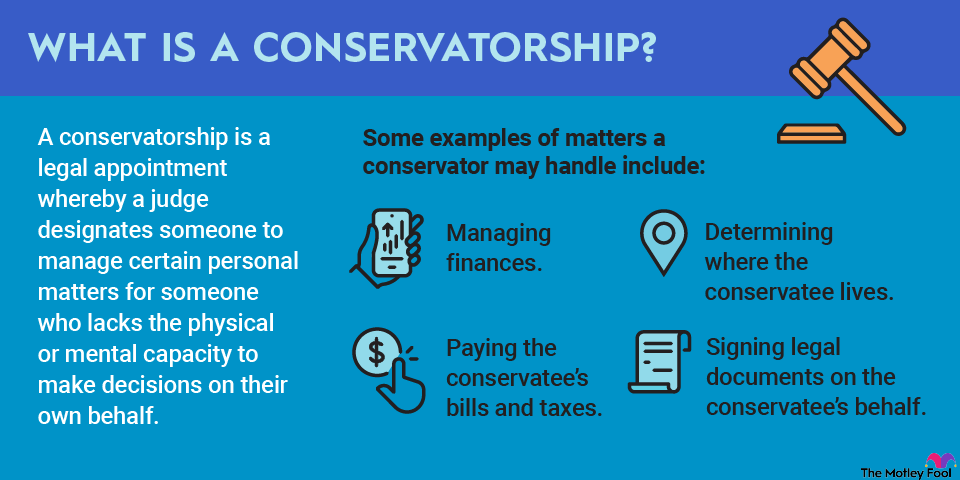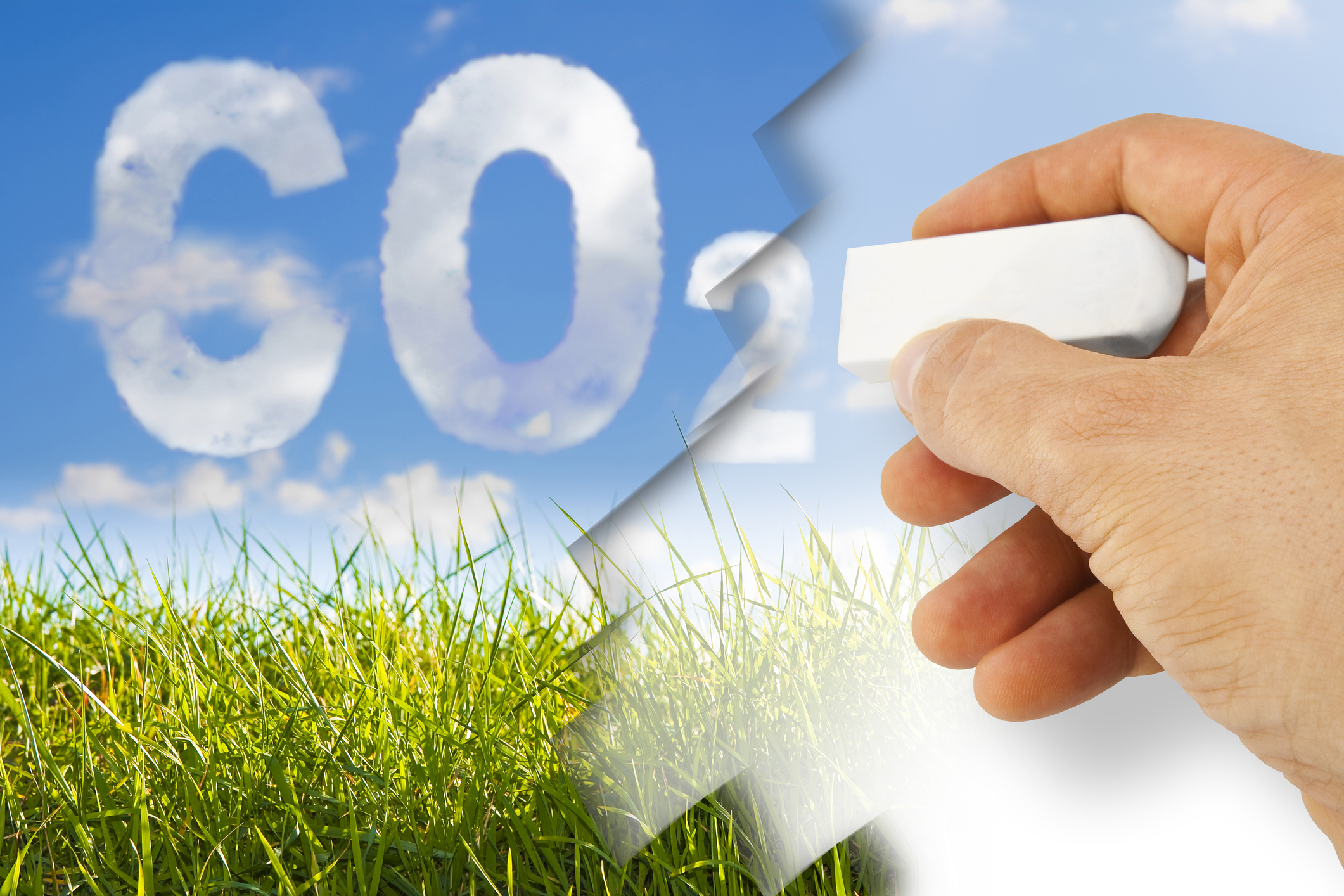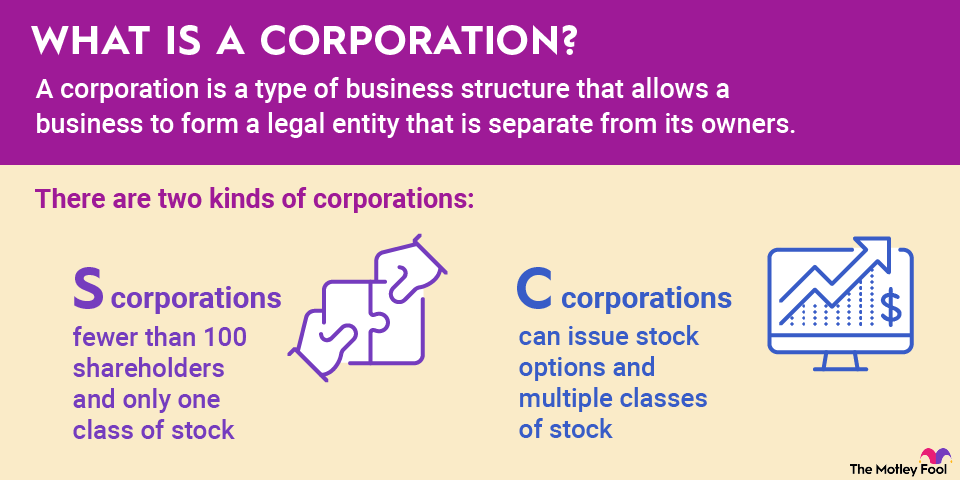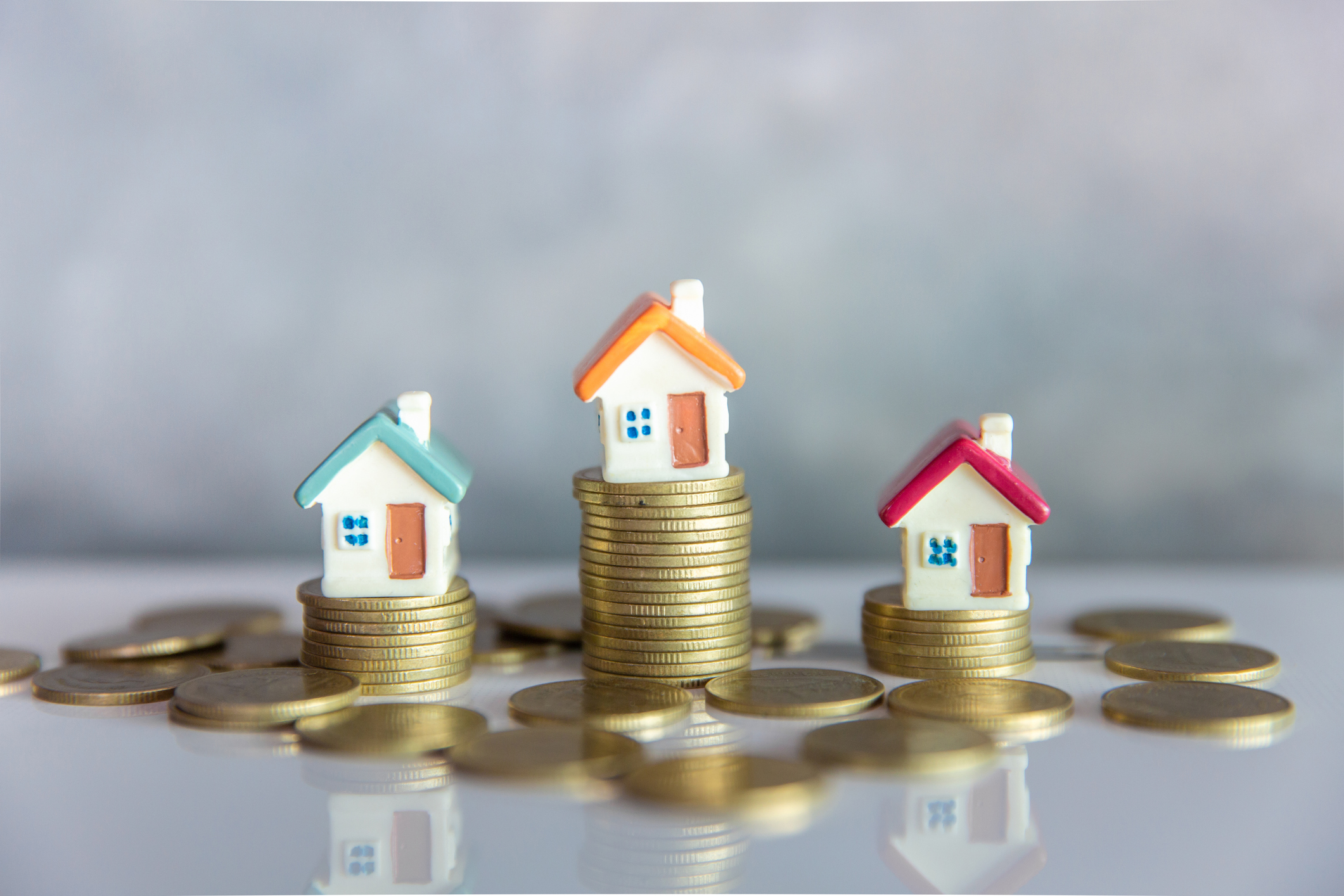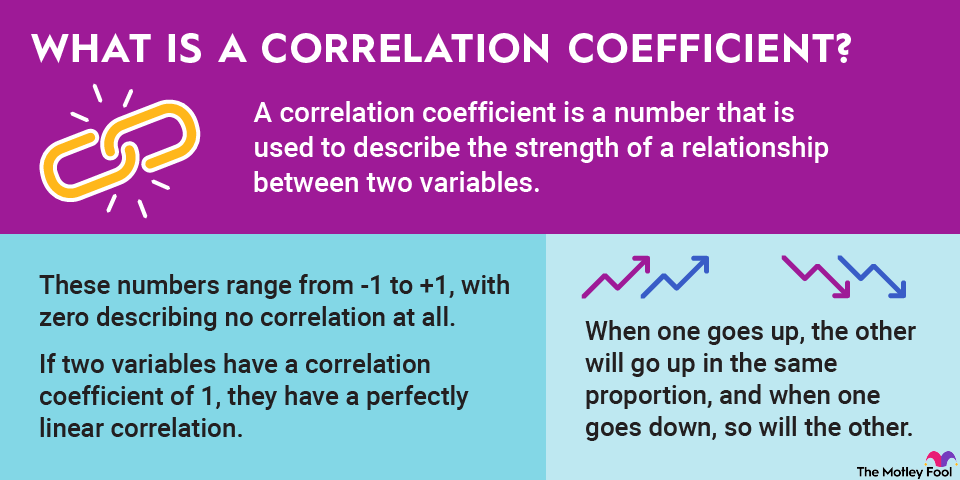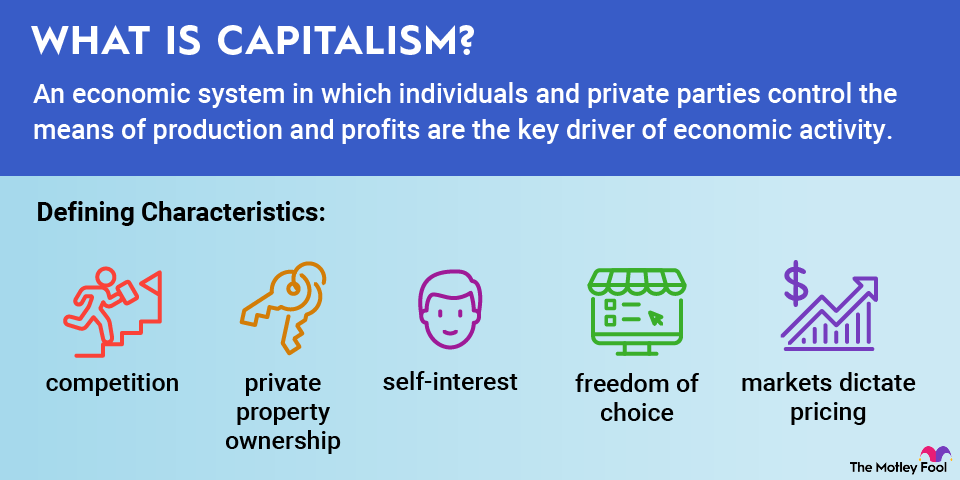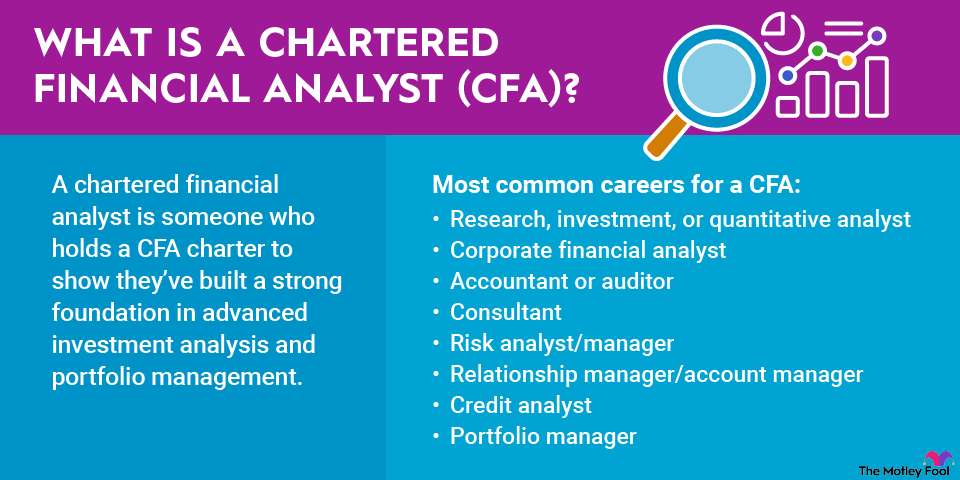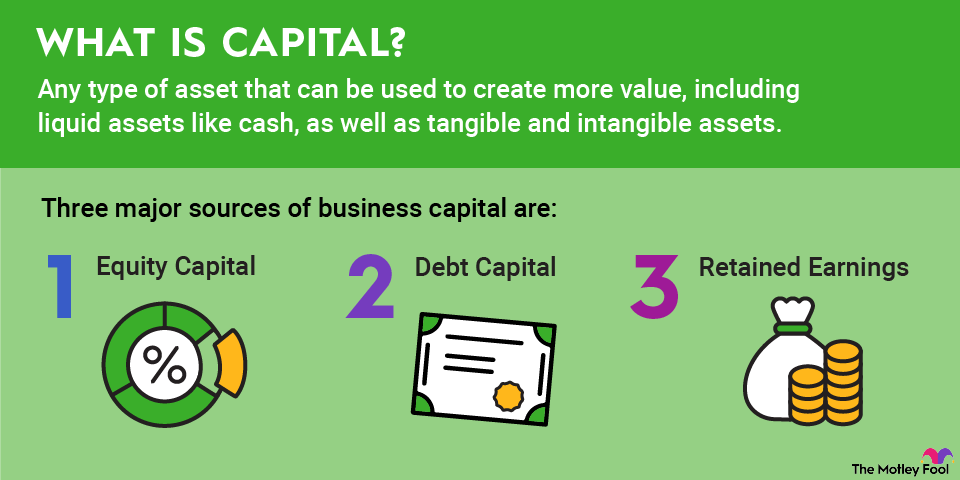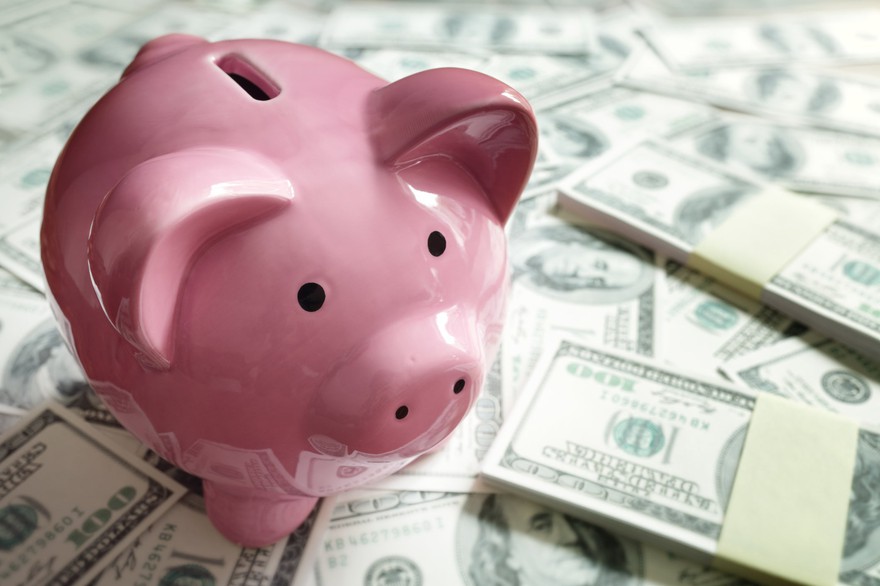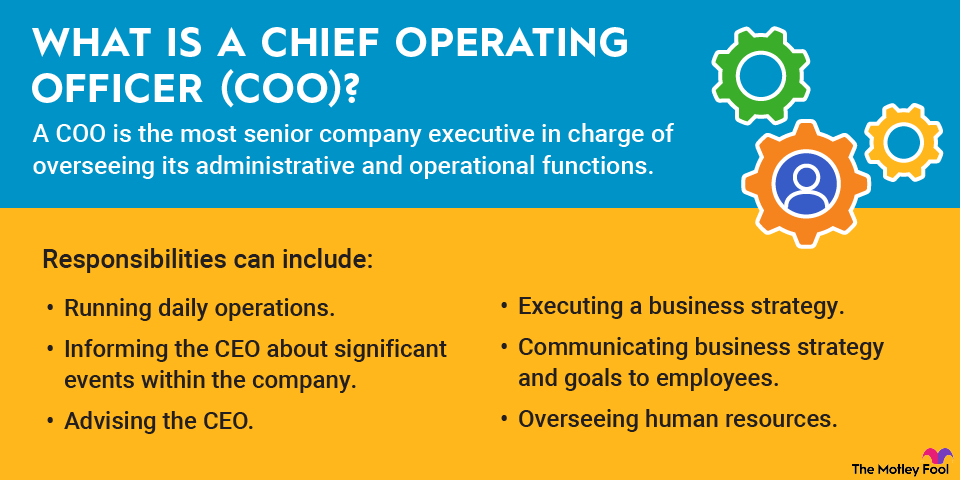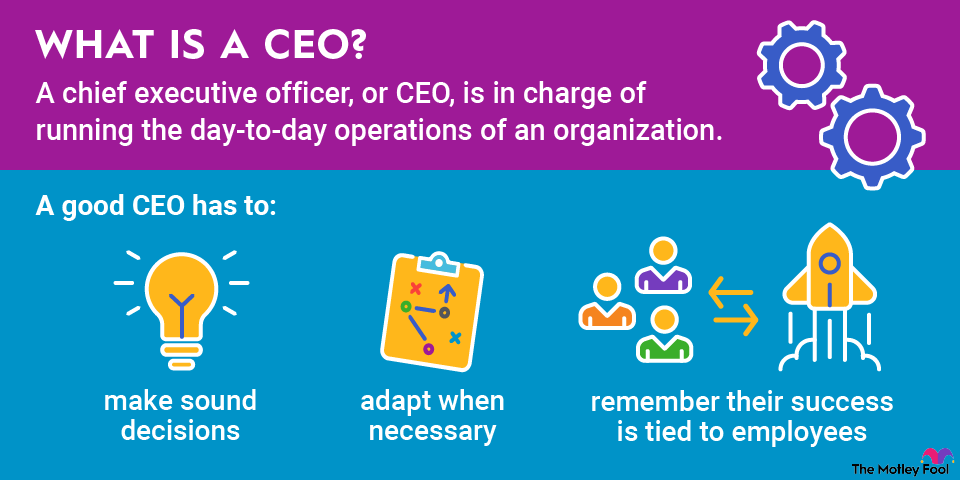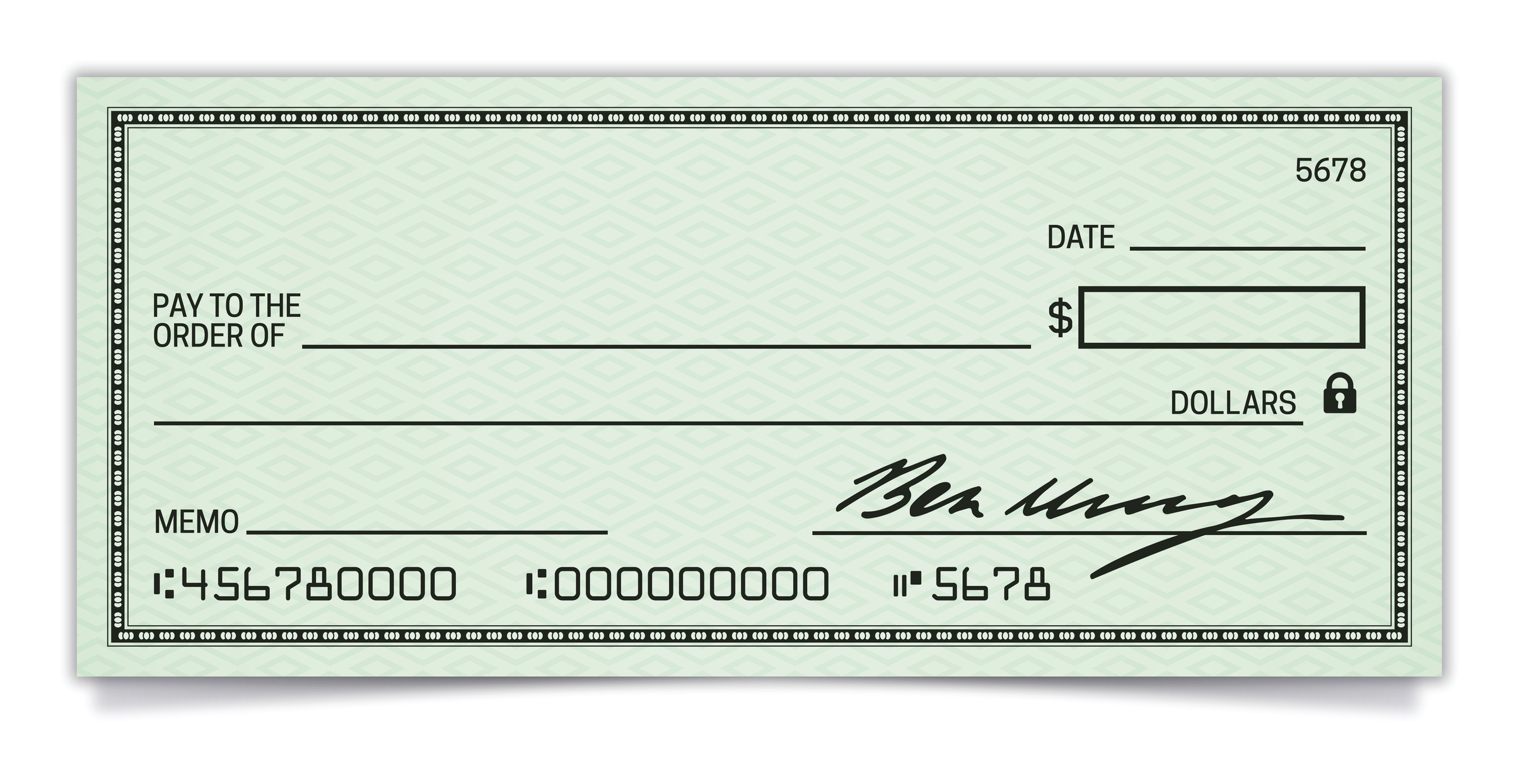When you go to the grocery store and load your cart with things like frozen food, snacks, beverages, coffee, shampoo, and toothpaste, you’re stocking up on consumer-packaged goods. Consumer-packaged goods are products you consume virtually every day that must be replenished regularly. In this article, we’ll explore the basics of consumer-packaged goods and some of the challenges in the industry.
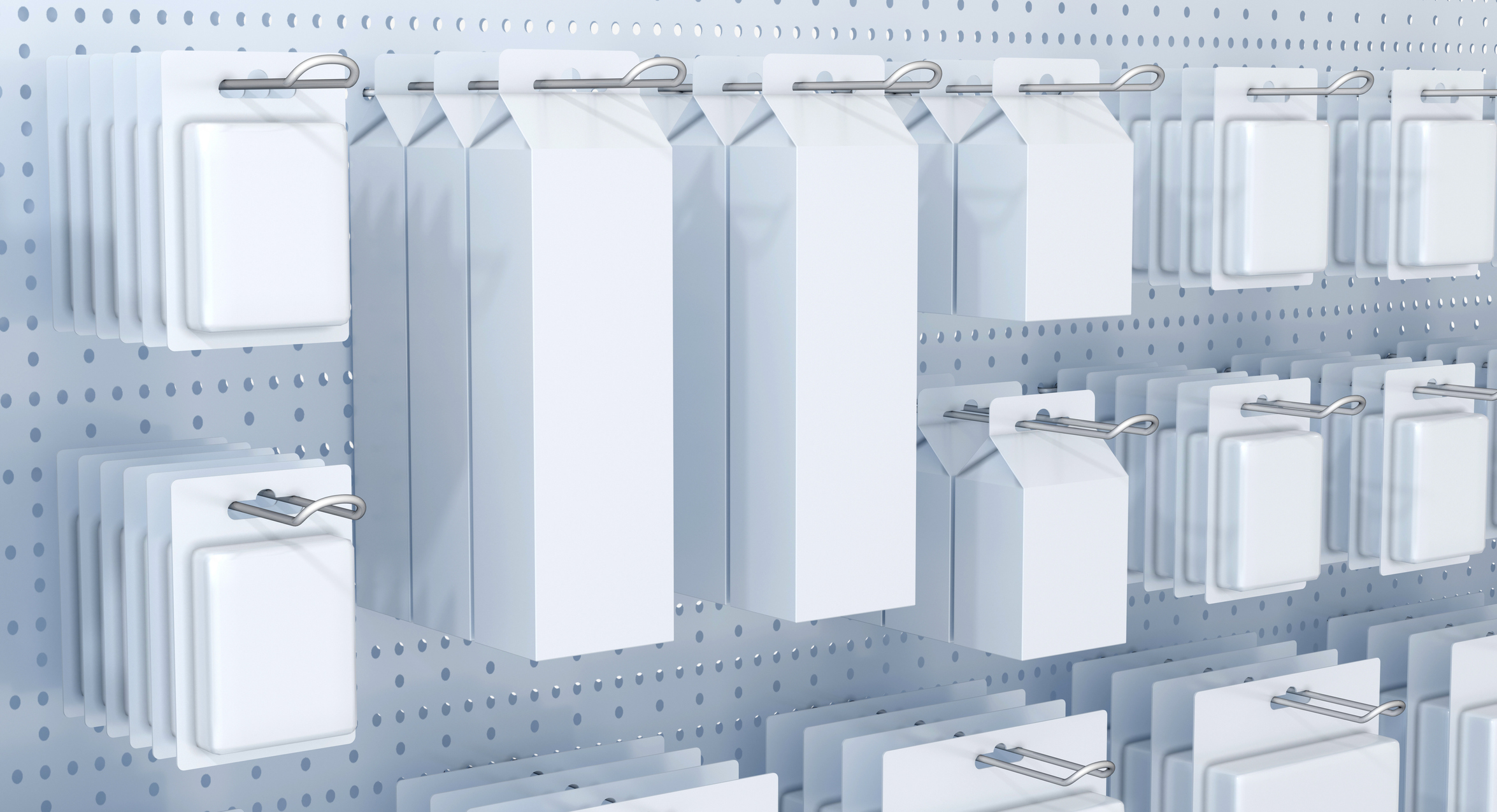
What are consumer-packaged goods?
Consumer-packaged goods are low-cost consumer goods that people use on a daily basis, which means they must replace their supply on a regular basis. Because these products rapidly move off store shelves, they’re also referred to as fast-moving consumer goods.
Examples of consumer-packaged goods, or CPGs, include:
- Food.
- Beverages.
- Toiletries and cosmetics.
- Cleaning products.
- Small appliances.
CPGs often have a limited shelf life. Consumer-packaged goods differ from consumer durables that you only need to replace every few years, such as cars, appliances, computers, and furniture. Compared to consumer durables, consumer-packaged goods are usually inexpensive.
Traditionally, customers purchase CPGs from brick-and-mortar retailers, like supermarkets and drug stores. Because shelf space in stores is limited, competition is fierce among CPG manufacturers. Packaging is usually designed to distinguish a product from its competitors and give it a competitive advantage.
But e-commerce is a growing presence in the industry. Today, more consumers are buying these products from Amazon and omnichannel websites like Walmart.com.
COVID-19 has been a driving force in this trend. According to a 2021 McKinsey & Co. report, just 13% of households had purchased groceries online prior to the pandemic. But by March 2020, the number shot up to 30%.
Example of a consumer-packaged goods company
Procter & Gamble Co. is one of the largest consumer-packaged goods manufacturers in the globe. The conglomerate produces 65 brands across 10 categories that include home products, baby care, and grooming.
Because it produces staples that customers buy regardless of economic conditions, Procter & Gamble is known as a solid defensive stock. In 2022, when the S&P 500 tanked by almost 20%, Procter & Gamble shares only dropped about 7%. The company posted 7% growth in organic sales for the fiscal year, according to its 2022 annual report.
Like many CPG manufacturers, Procter & Gamble has been relatively slow to shift to e-commerce. Online sales were up 11% in fiscal 2022, representing 14% of total sales.
As of May 2023, Procter & Gamble paid a $0.94 quarterly dividend, amounting to an annual yield of 2.58%. With 67 consecutive annual dividend hikes under its belt, the CPG giant is a solid member of the Dividend Kings.
